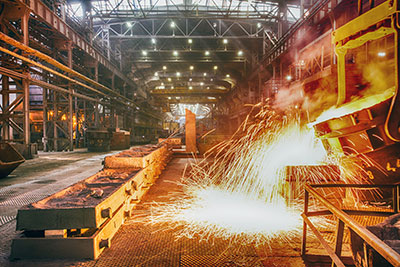Copper history

Historical information about the copper leaves in depth of centuries. In the unforgettable creation of Lucretius, entitled «On the nature of things» there are references about a material with unique properties, which has replaced the claws, teeth, and stones that were used as powerful weapons of primitive man. Such materials included in the seven prehistoric materials along with gold, silver, iron, tin, lead and mercury. A special role copper played in the development of human culture, leaving its mark in the title of an era. We all remember well as the change of the stone age came the copper period, followed in turn century bronze.
The appearance of copper in a person’s life is inhomogeneous in the time interval, if the American people discovered new raw materials about four years ago, the inhabitants of Ancient Egypt were actively using the copper product long before our era. World-famous pyramid of Cheops was built with the help of tool made of new raw materials. For the manufacture of the first copper tools used nuggets this material is formed by nature, to produce a clean product rich ore learned much later. After the first attempts of forging plastic processing of metal products made of this raw material very quickly gained recognition all over the world. It is interesting to note that the Greeks were acquainted with copper raw materials much later than bronze, although the rest of humanity learned these metals in the reverse order. And it is the Greek honey ore contained in its composition a certain amount of tin, so the residents of Sunny countries fairly quickly mastered the production of another important design material.
In Greece, the processing of copper turned into art, which successfully inherited the Roman Empire. This warlike people was initially breed to retrieve important structural material of the conquered countries, and also continued to develop the mines of Cyprus and Crete. It is interesting to note that the Latin name of copper is consonant with the name of the last Greek Islands. Such material has played a very important role in industrial and cultural life of humankind, defining the development of both technology and art. The capabilities of modern equipment allow to obtain copper raw materials of high quality, both in pure form and in the form of various alloys, which are used extensively in almost all sectors of the economy.


